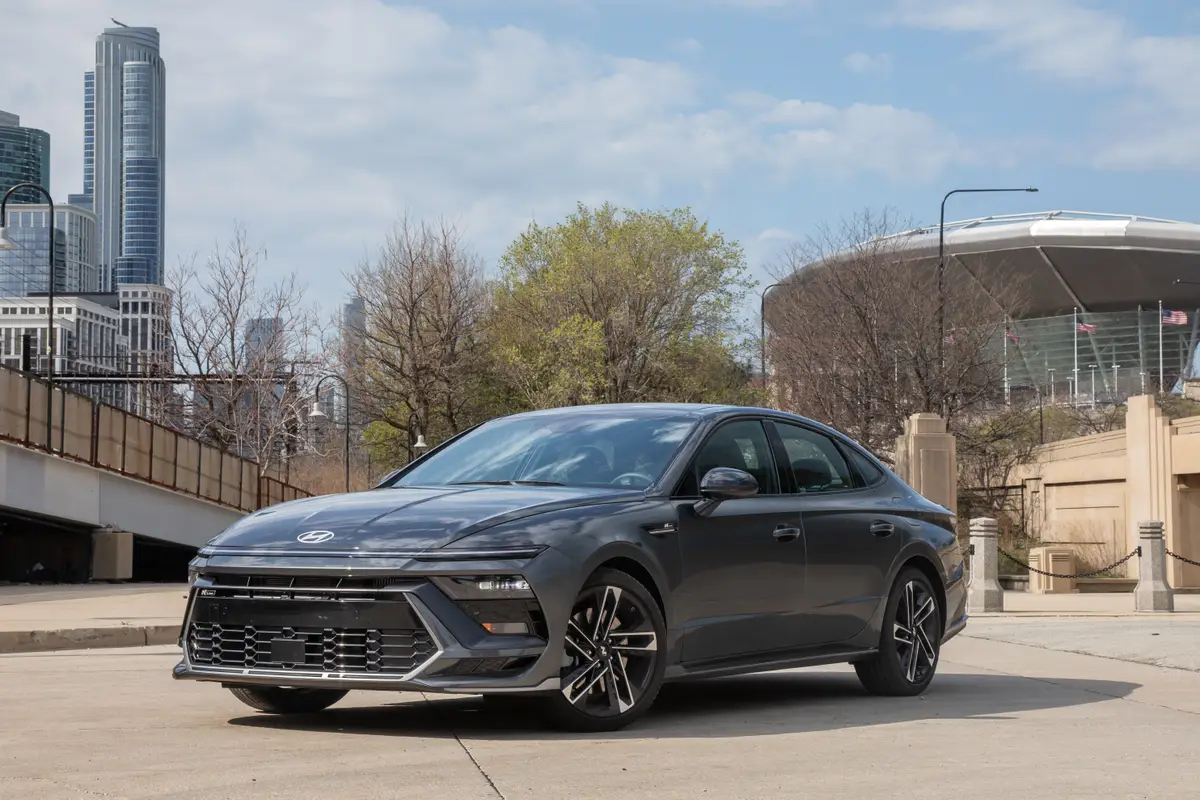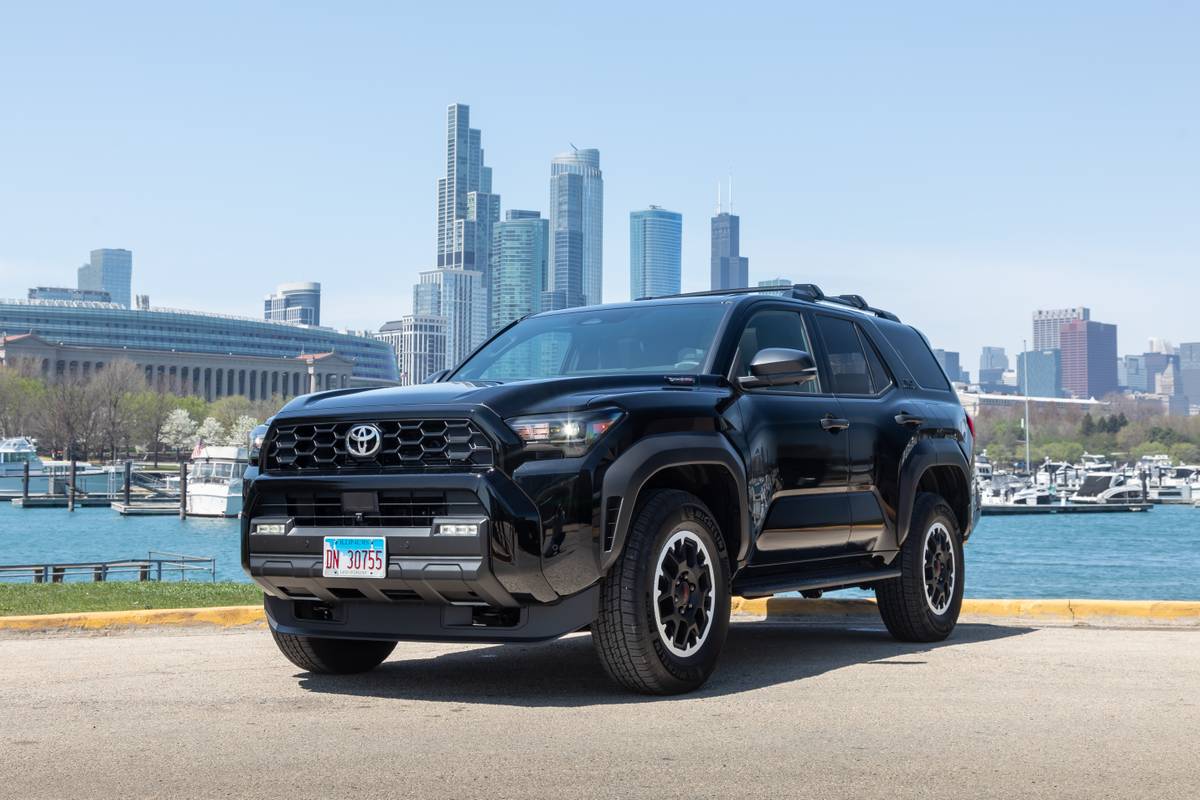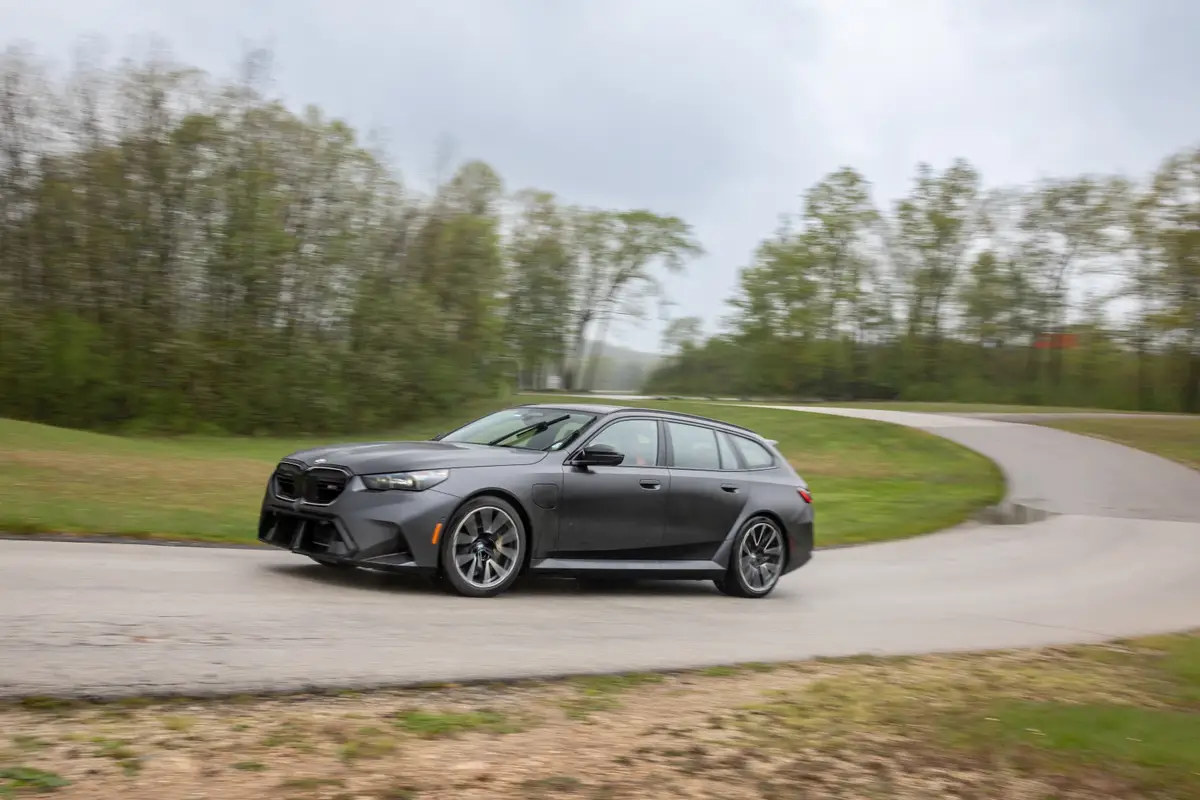2011 Cadillac CTS: What's New
Vehicle Overview
Once offered exclusively as a sedan, the CTS lineup has grown in the past few years to include a wagon and, for 2011, a coupe. All three body styles are available in V-Series performance versions, which carry the name CTS-V. Because of its size, the CTS arguably competes both with BMW’s 3 and 5 Series, Audi’s A4 and A6 and Mercedes’ C- and E-Classes. Along with the new body style comes a number of changes across the line.
New for 2011
- New fender vent design has black inner fin detail
- New inside rearview mirror design
- Backup camera available with or without navigation system
- Backup camera standard on CTS-V
- Heated steering wheel available on all body styles
- Ninth-generation OnStar with improved voice recognition
- Standard scheduled oil changes, tire rotations, replacement of engine and cabin air filters and multipoint vehicle inspection for four years or 50,000 miles
CTS Sedan
With suspension tuned on Germany’s famed Nurburgring, the CTS sedan was the first American car that could compete with German luxury sport sedans. It offers a choice of base and sport suspension tuning and 17- or 18-inch standard wheels, depending on the trim level chosen. The sedan has a standard 3.0-liter V-6 base engine and offers an optional 3.6-liter V-6, both of which run on regular gas. Competitors prefer premium. Six-speed manual and automatic transmissions are offered, as is a choice of rear- or all-wheel drive.
The five-seat interior is distinguished by a satin metallic finish and an optional navigation display that provides touch-screen controls even when partly retracted. Standard and optional features include active headlights, a double moonroof, heated and ventilated seats, iPod connectivity, Bluetooth capability, keyless access with remote start, a premium surround-sound system and sonar parking assist.
CTS Coupe
The two-door CTS is 2 inches shorter than the sedan from bumper to bumper, and it sits roughly 2 inches lower. Most of the differences are behind the front fenders; it’s sleeker in profile, and there are no visible door handles on the outside. The nose is subtly different, and the distinctive tail is marked by a center exhaust outlet. Mechanically, the cars are virtually identical, but the coupe is lighter overall and its rear wheels are almost 1 inch farther apart. Unlike the sedan and wagon, the coupe includes the larger V-6 engine as standard equipment. It also comes with an automatic transmission, which is an option on the other body styles; the stick-shift is available as a “delete option,” which provides a discount. All-wheel drive is optional across the board. Two suspension tunings are offered, as are the sport seats from the performance-optimized CTS-V. Known as a 2+2, the coupe seats two in front and two in back — in relative discomfort. Leather seats are standard; the other body styles start with simulated leather.
CTS Sport Wagon
Like its German competitors, the CTS wagon is very much a CTS sedan with a wagon rear end — rather than a dramatically different car — with almost identical exterior and interior dimensions, including front- and rear-seat headroom, legroom and hip room. With 25 cubic feet of cargo volume behind its backseat, the CTS wagon almost doubles the sedan’s trunk space. Even European brands are slowly getting out of the wagon business, leaving the Mercedes E-Class wagon and Audi’s Avant versions as the main non-crossover competitors. V-Series wagon competitors are mainly coupes and sedans like the BMW M3 and Audi S4 and S5.
V-Series Upgrades
The CTS-V versions of all body styles include a supercharged 6.2-liter V-8 that sends 556 horsepower and 551 pounds-feet of torque to the rear wheels through a manual or automatic transmission. Both have six speeds, and a limited-slip differential is standard. Brembo-brand performance brakes replace the standard CTS gear, with six-piston front calipers and four-piston rears. An adaptive suspension is standard.
The V treatment includes more aggressive front styling with a larger, wire-mesh grille for increased cooling. The hood is domed to accommodate the supercharger. The tailpipes vary: For instance, those on the V-Series are cylindrical rather than rectangular as they are on the non-V coupe. The interior is distinguished from the regular CTS with sport seats upholstered in leather with microfiber inserts. Recaro-brand racing seats are optional. The steering wheel, center control panel and door panel are adorned with piano-black trim; genuine wood trim is optional. The steering wheel rim and shift knob are covered with Alcantara fabric.
Safety
The CTS has six airbags, including a dual-depth front passenger bag. There are also seat-mounted side-impact torso bags and curtains that cover the side windows flanking the front and rear seats. The curtains are designed to deploy in a rollover. Standard safety features include four-wheel-disc antilock brakes, an electronic stability system with traction control and active head restraints for the front seats.
Featured stories

2025 Hyundai Sonata N Line Review: Banish Boring




